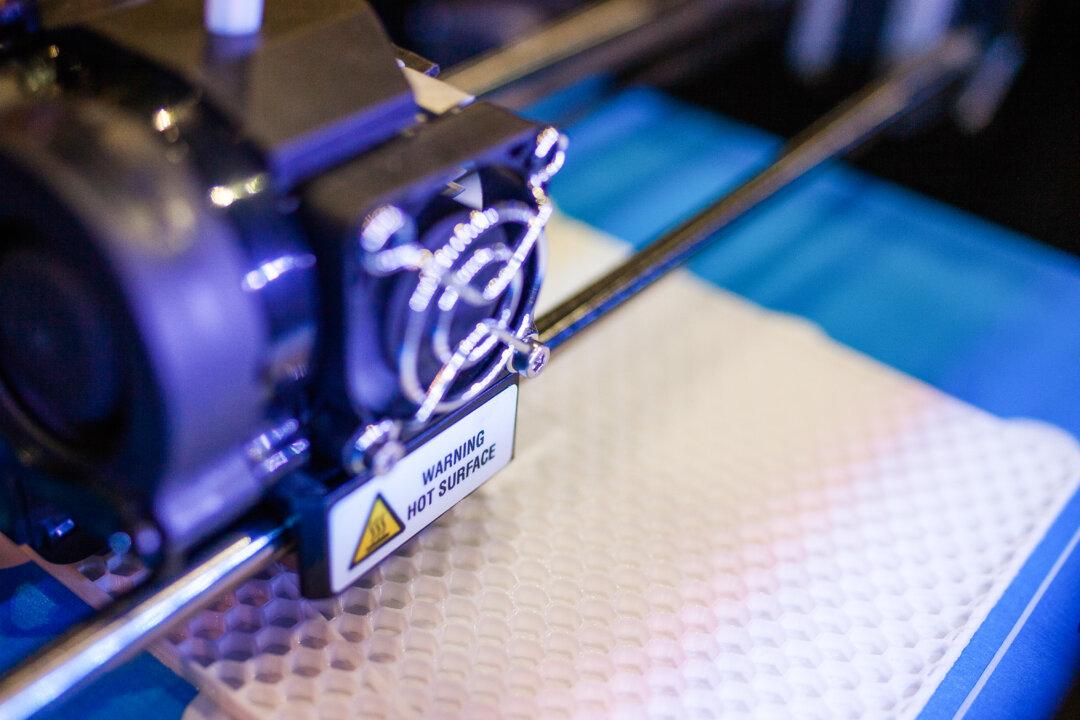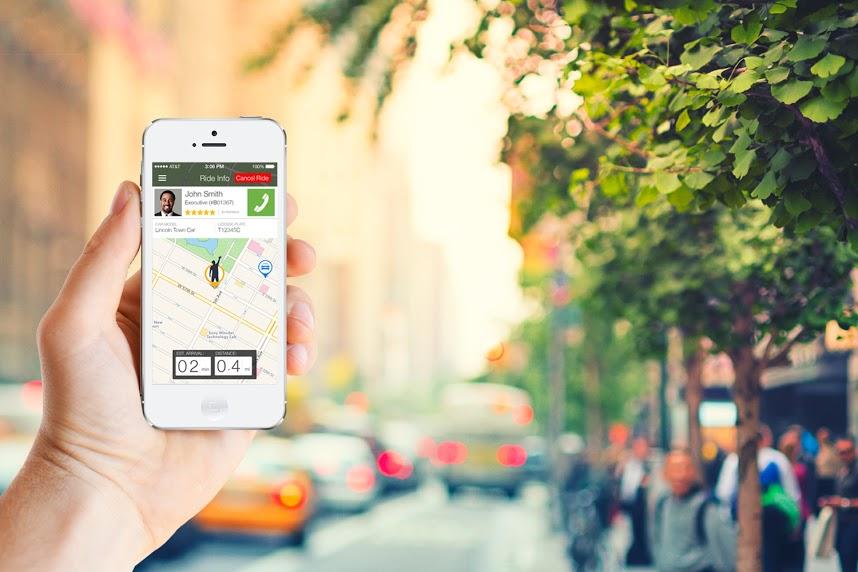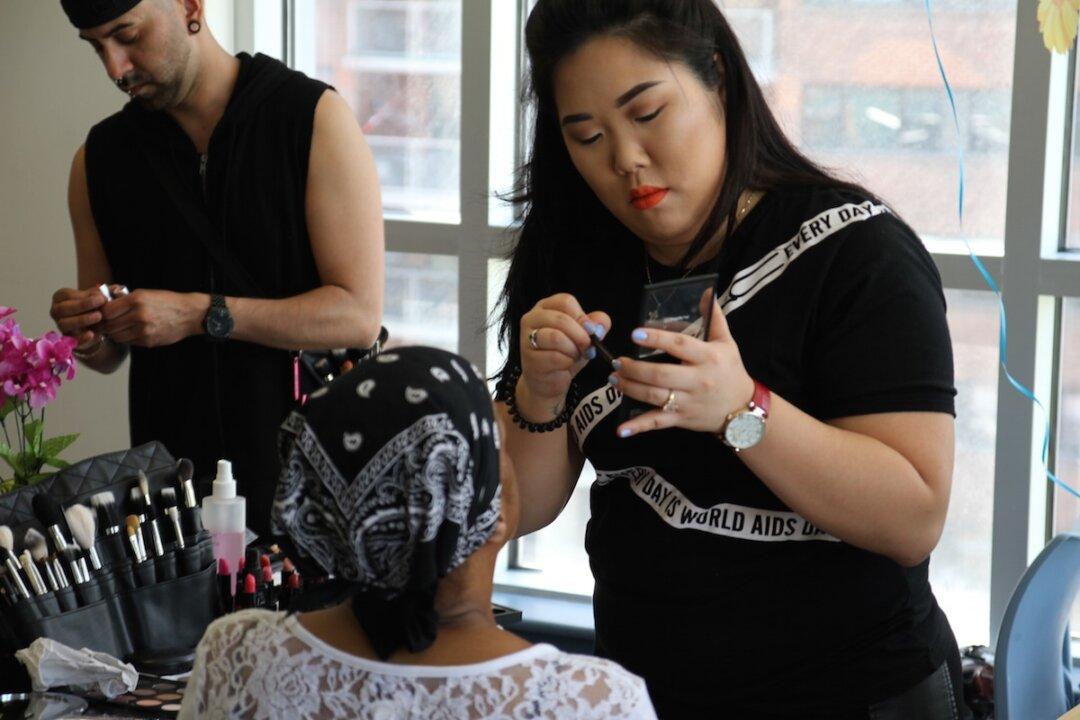NEW YORK—Life-sized weapons, cars, and weird art were on full display at the world’s largest 3-D printing expo at Jacob K. Javits Center last week. But for those looking for life-saving science and ready-to-print cars they can drive off into the sunset, the technology is still decades away.
Medical Possibilities
Using 3-D printing could save lives. And it could speed up and advance the building of planes and rockets. Yet for those lofty goals to come to fruition, it will take decades of funding and development, according to Peter Leys, executive chairman of the board at 3-D printing software provider Materialise, who rounded off the three-day conference with a looking-ahead speech.
Still, the benefits would be amazing. Leys pointed to the models of human organs that 3-D printing could produce, which would help make advancements in surgery. In particular, 3-D printing could make models of newborn babies’ hearts for cardiac surgeons to practice operating on. Surgeons find newborn babies’ hearts most challenging because they are still underdeveloped.
“Better surgeries would mean less surgeries,” said Leys, adding that it might take a generation before that happened. He noted that it would take time to convince the government to fund R&D for 3-D printing.




